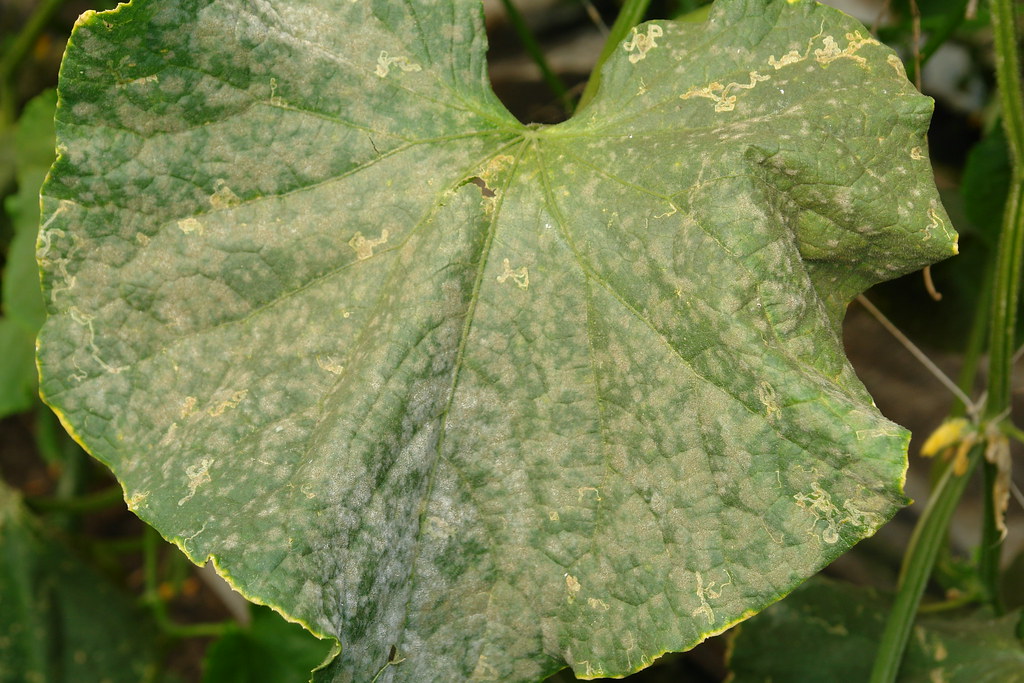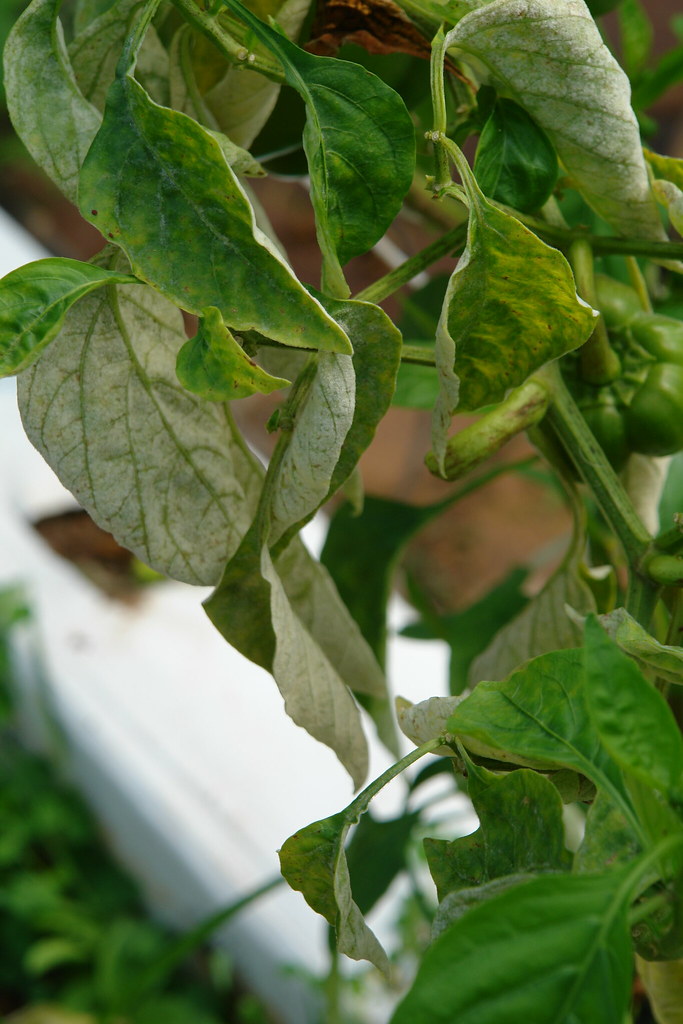Learn how to Identify, and treat powdery mildew easily.

So you notice your plants leaves are curling a little bit. Maybe you see think someone sprinkled powdered sugar all over your plants, but I highly doubt that. You should rule out mealybugs which is one of the pests I talk about in another article.
However you still have a problem. Good thing for you, powdery mildew is not really a death sentence for your your plants, just a major annoyance but it shouldn’t be ignored because it can get worse. Getting powdery mildew is important not only for saving the amount of headaches.
Identifying Powdery Mildew

with powdered mildew, you will most likely see some white powder on your leaves or around the stem area. It may look like if there was water spots on your leaves that dried into a fine white powder.
Another symptom can be curling leaves, and discoloration. This can lead people to think that there is a nutrient issue, this is more common further into an infection when it tends to be more severe.
Some leaves may curl up and fall off at a further stage of infection.
How does powdery mildew happen
Considering that powdery mildew is usually various fungal spores, which can lay dormant and start spreading once the conditions are better for it to spread.
A powdery mildew infection can start from bad air flow, bad lighting (to little), bringing in a new plant that is infected, even walking into the room with spores on your clothes from outside could do it.
Another factor is high humidity ranging from around 60-70% and higher. High humidity often can lead to fungus/mold issues if they are presented into the environment mixed with other negative factors. That is why it is important to have some air flow and proper lighting.
Note: make sure whatever you have to do with the plant that you are careful, because the spores can transfer very easily.
Treating Powdery Mildew
Isolate your infected plant from your other plants, carefully cover the plant if you are able to so that the spores don’t get released into the air. Be careful when you move the plant, because the spores are very sensitive and can spread very easily.
Either pinch the affected leaves, or areas such as a vine on an English Ivy that is infected. If you have to use any gloves or tools, make sure you wash them or sanitize them in order to kill the spores afterwards. You don’t want to accidentally re introduce the spores.
Tip for trimming: You can also use cinnamon after you pinch or cut on the areas, because cinnamon has antifungal properties, so it helps prevent infection, and can lead to boosted growth from previously clipped areas to boost the possibility of growth as well.
You can use either a spray or something like neem oil. Just be careful with neem oil and too much light because neem oil can lead to certain plants burning easily from light sensitivity.
If worse comes to worse, and you really have to. You can use a spray that will help with the issue, just make sure you research if what spray you will be using is okay for your plant.
Improving aspects that caused the problem will help you longer term. This can be increasing air flow, giving the room proper lighting, or decreasing the humidity if there is too much.
If you want more tips:
Honestly there are products out there that I could easily pump out. But I think that the best bet to prevent this stuff is making your environment a good environment. If you are curious about what I think are good things that make owning indoor plants easier you can check out my post on Indoor Plant Tools to make your life easier.
Don’t miss out on useful articles in the future by joining my mail list to keep updated.
Thank you again for reading,
-Plant Dummy